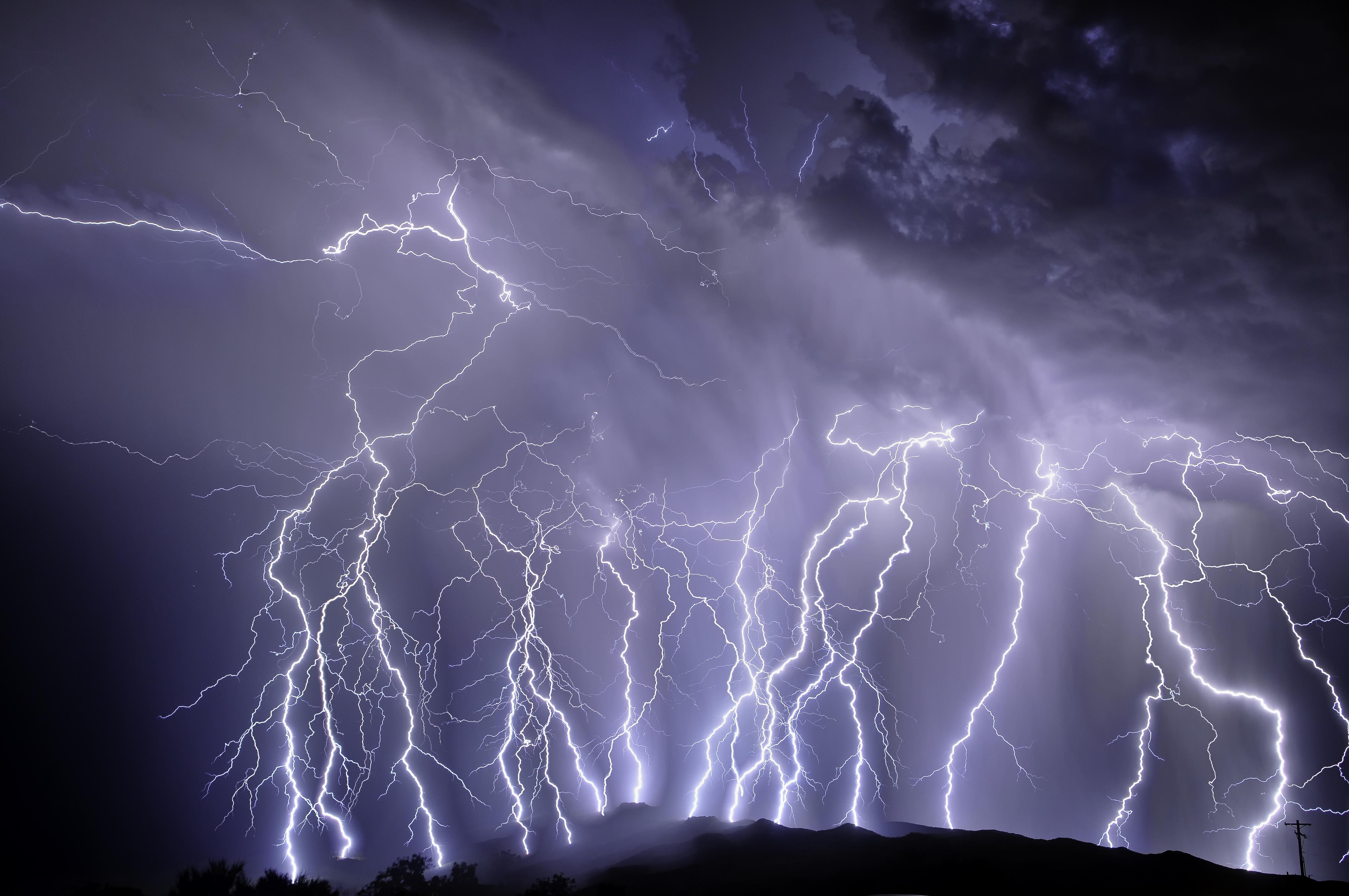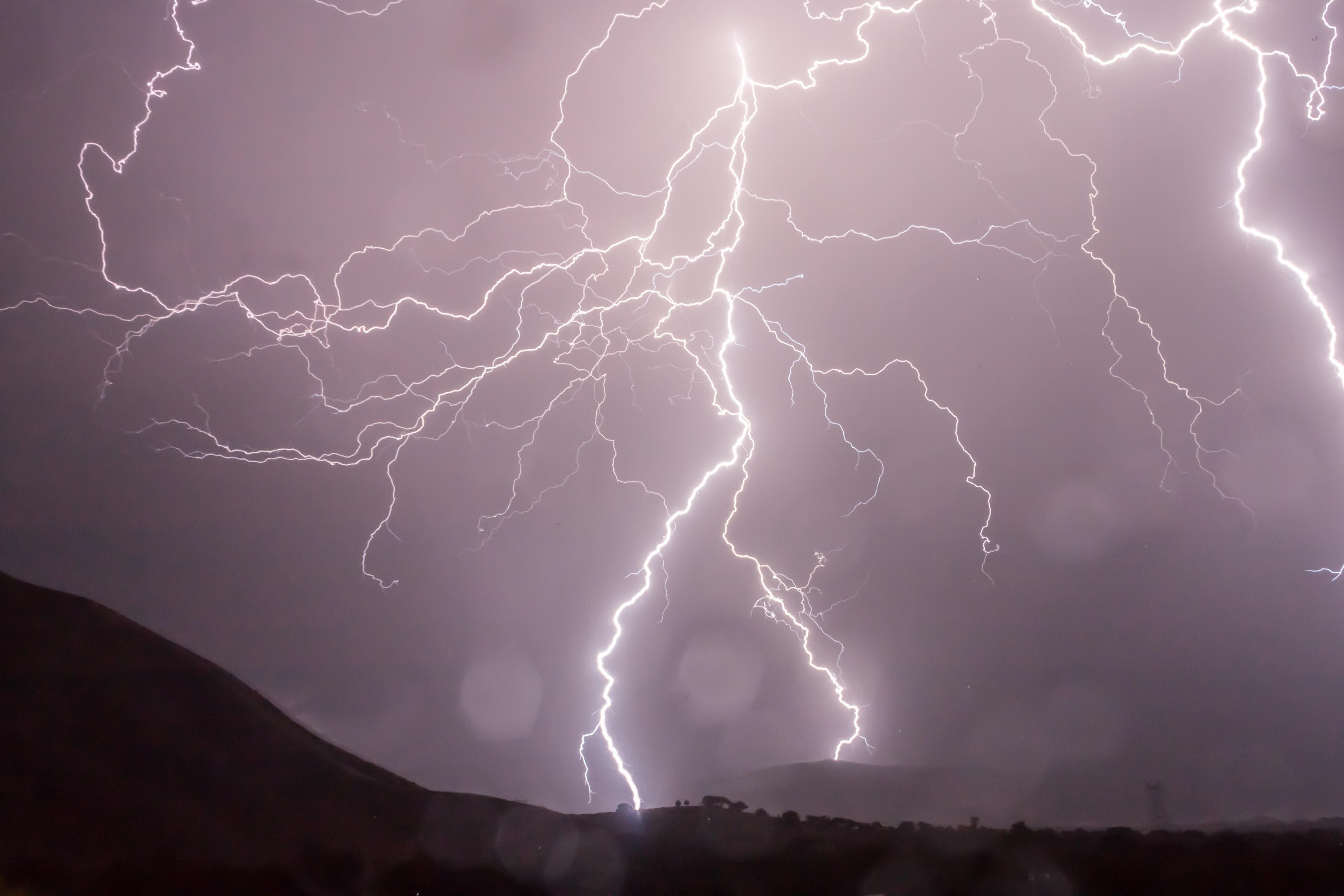lightning
The uptick in Arctic lightning could cause more wildfires, potentially triggering a feedback loop that releases massive amounts of carbon into the atmosphere.
How do you get usable phosphorus into a system? A new study suggests lightning can do the trick.

